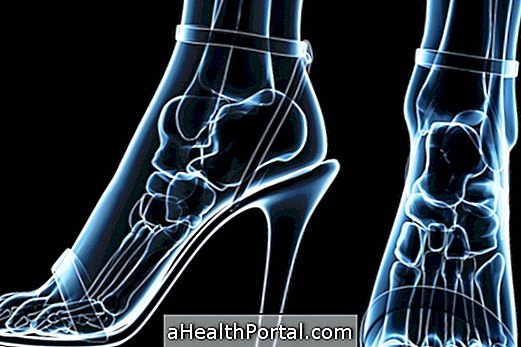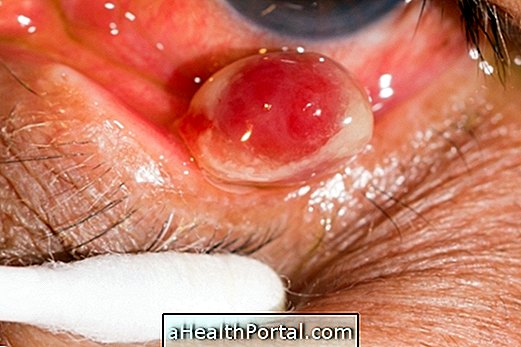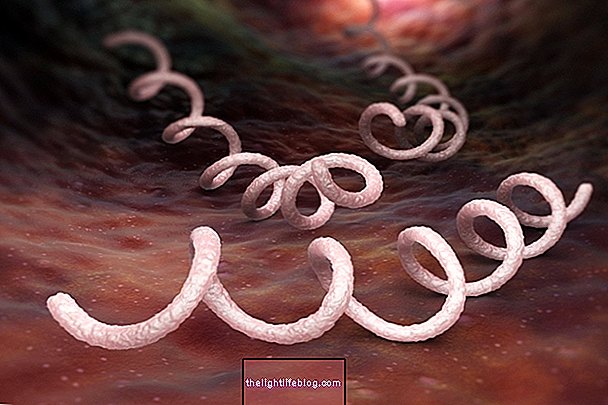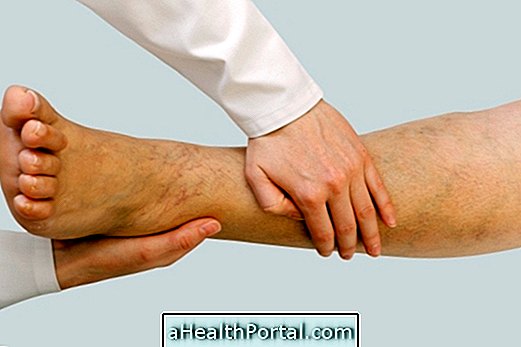Pelvic inflammatory disease or PID is a localized infection in the woman's reproductive organs, such as uterus, uterine tubes and ovaries that can cause irreversible damage to the woman, such as infertility, for example. This disease occurs most often in sexually active young women with multiple sexual partners who have had uterine procedures, such as curettage or hysteroscopy, or who have had a history of PID. Understand more about pelvic inflammatory disease.

Main symptoms
The main symptoms of pelvic inflammatory disease are:
- Pain in the abdomen and pelvic region;
- Vaginal discharge;
- Nipple;
- Vomiting;
- Fever;
- Chills;
- Pain during intimate contact;
- Pain in the lower back;
- Irregular menstruation;
- Bleeding out of the menstrual period.
The symptoms of PID are not always felt by the woman, because sometimes the pelvic inflammatory disease may not present symptoms. As soon as symptoms are observed, you should go to the gynecologist for the diagnosis to be confirmed and the treatment started, which is usually done with antibiotics. Learn how treatment for pelvic inflammatory disease is done.
If not treated properly, pelvic inflammatory disease can evolve and cause complications such as abscess formation, ectopic pregnancy and infertility.
How to confirm the disease
The diagnosis of pelvic inflammatory disease is based on observation and analysis of the symptoms by the gynecologist, in addition to other tests that may be requested, such as pelvic or transvaginal ultrasonography, computed tomography, magnetic resonance imaging or laparoscopy, which is the test that usually confirms the disease. Here are the top 7 exams recommended by the gynecologist.

























